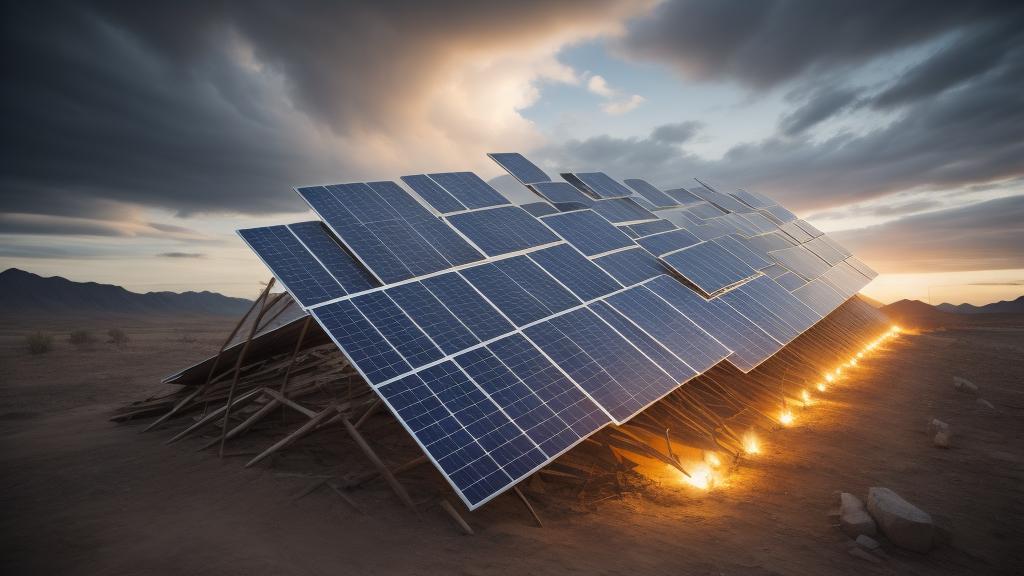In the realm of renewable energy, solar microgrids are increasingly being acknowledged as vital components of resilient energy systems. These smaller, localized grids can operate independently or in conjunction with the main grid, providing a layer of security and stability that is becoming ever more crucial in our modern world.
The drive towards microgrid implementation is spurred by multiple factors, including the increasing frequency of natural disasters, the need for energy independence, and the growing realization that centralized power systems are vulnerable to disruptions. Unlike the traditional, monolithic grid, microgrids can isolate themselves from widespread failures, continuing to supply power even when the larger grid goes down.
Consider this: in hurricane-prone regions, having localized solar microgrids means that communities can maintain essential services during and after a storm. Hospitals can keep their lights on, water treatment plants can continue to operate, and emergency services remain functional. This resilience isn't just theoretical; real-world examples demonstrate how critical microgrids can be. For instance, after Hurricane Maria devastated Puerto Rico in 2017, microgrids quickly became a focal point in the discussion about rebuilding the island's energy infrastructure.
Moreover, solar microgrids contribute to environmental sustainability. As the world grapples with climate change, transitioning to renewable energy sources like solar power is imperative. Microgrids facilitate the integration of solar panels into local energy systems, making it easier for communities to reduce their carbon footprint. By locally generating and distributing solar energy, microgrids cut down on transmission losses that occur when electricity travels over long distances.
Incorporating energy storage solutions, such as batteries, amplifies the benefits of solar microgrids. Batteries store excess energy generated during sunny periods and release it when sunlight is insufficient, ensuring a steady and reliable energy supply. Advances in battery technology, such as the development of more efficient and longer-lasting lithium-ion batteries, make this a viable solution for many communities.
The economic advantages of solar microgrids should not be overlooked either. By producing their own electricity, communities can insulate themselves from volatile energy prices and reduce their dependence on external power sources. Over time, this can lead to significant cost savings, especially in remote or underserved areas where electricity can be both expensive and unreliable.
Policies and regulations are also evolving to support the growth of microgrids. Governments around the world are beginning to recognize the role they play in enhancing grid resilience and are putting in place incentives and funding programs to encourage their adoption. For example, the U.S. Department of Energy has launched several initiatives aimed at promoting microgrid development and integration.
However, the path to widespread adoption of solar microgrids is not without challenges. The initial cost of installation can be a barrier, particularly for small communities with limited financial resources. Additionally, regulatory hurdles and the complexity of integrating microgrids with existing infrastructure can pose significant obstacles.
Despite these challenges, the future looks promising for solar microgrids. As technology continues to advance and the cost of solar panels and batteries decreases, the barriers to adoption are gradually being dismantled. More and more, the question is not if but when microgrids will become a standard feature of energy systems worldwide.
In conclusion, solar microgrids represent a transformative approach to energy resilience and sustainability. They offer a way to protect communities from disruptions, reduce environmental impact, and provide economic benefits. As we move towards a greener future, microgrids will undoubtedly play a crucial role in reshaping the global energy landscape.
Solar microgrids: the unsung heroes of resilient energy infrastructure

